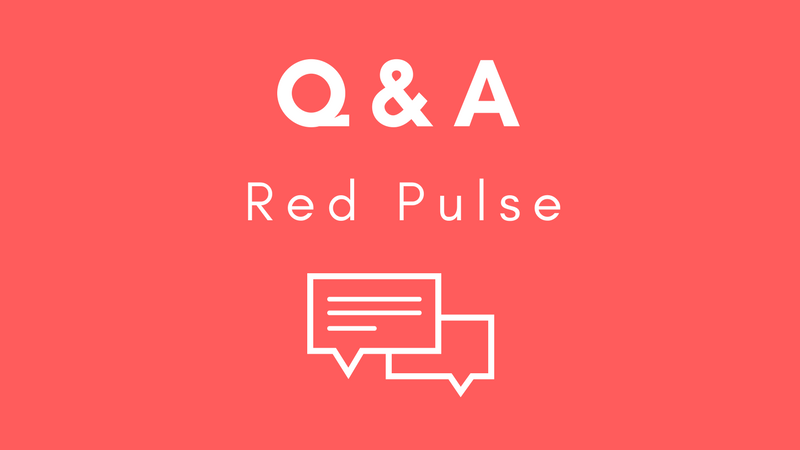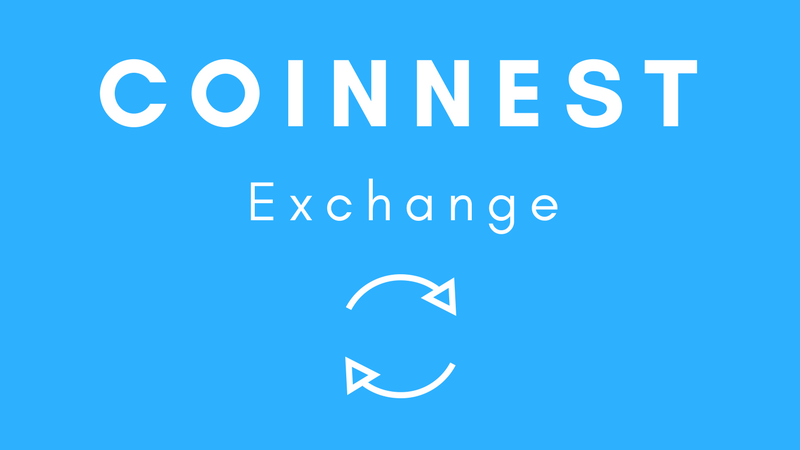
On August 8th, a market research company called Red Pulse announced they would be holding the first ever ICO on NEO’s Smart Contract system. The token, which will also be the first ever NEO token, will be known as RPX. It will incentivise a Steemit style platform, allowing market research producers to be rewarded for sharing their insights and analysis, while ensuring research consumers can access the research that is most relevant to them.
The focus of the Red Pulse platform is China’s financial markets. With the recent shake up of Chinese cryptocurrency regulations, including a ban on ICOs, Red Pulse was put in an uncomfortable position. The initial token sale date was set for September 10th, and although the company is based in Hong Kong and outside of Chinese jurisdiction, they decided it was best to postpone the sale until some of the industry uncertainty had lifted.
Now that the state of affairs in China has somewhat calmed down, Red Pulse have announced that after careful consideration of all factors, the ICO has been rescheduled for October 8th.
We caught up with Red Pulse CEO, Jonathan Ha, who was nice enough to tell us a little bit more about the Red Pulse project, their existing business, and why they decided to move forward on NEO.
Dean – NEO News Today: Thank you for giving NEO News Today readers a little bit of your time. First off, you’ve rescheduled the RPX token sale for October 8th. It must have been a tough decision to postpone the ICO after months of planning the event. At what point did you decide to make the call to postpone the sale, and what steps did you have to take to ensure it wouldn’t be an issue to proceed?
Jonathan Ha: We made the decision to postpone the sale in late August, in response to the shifting regulatory environment in Mainland China, as well as other jurisdictions. Red Pulse is headquartered, incorporated, and registered in Hong Kong SAR, and has been from the inception of the company. That being said, we take seriously all regulations and laws in jurisdictions that may have an impact on our RPX sale, including those that may impact participants in the sale. As a result, we moved quickly to exclude Mainland Chinese, in addition to U.S. and Singaporean citizens from our RPX sale. This was a really tough decision for us, given that our platform’s focus is on Greater China financial markets. That being said, our responsibility is to the long-term sustainability and development of the Red Pulse platform, and we acted in the best interests of securing the platform.
Dean – NNT: For the benefit of readers who don’t know much about what Red Pulse are looking to build, can you give us the elevator pitch and describe the RPX token utility?
Jonathan: Red Pulse is a market intelligence platform covering China’s economy and capital markets. The firm uses machine learning and natural language processing to automate and scale basic data collection, while incorporating its own cryptocurrency to create an open and transparent sharing economy for research. Ultimately, Red Pulse aims to solve the problem that we all face today: information overload.
Dean – NNT: I think a lot of casual investors are used to seeing ICOs and assuming the company behind it is a start up, but that’s not the case with Red Pulse. You’ve been providing market analysis to clients since 2015, and already have a web portal and mobile application. Can you tell us a little bit about how having an existing client base and working product is going to help with developing the new Red Pulse platform?
Jonathan: Red Pulse has been operating since 2015, and we’ve built up a client base of global financial institutions. This is critical to our product and platform development because as part of the client relationships, we have direct access to feedback on what features they need, what they already have, and what they don’t need. Rather than guessing at what our audience is looking for, we can ask them directly and incorporate their ideas directly into the product. Also, as we transition from a pure B2B company into a hybrid B2B and B2C platform, the input from financial professionals will also be incorporated into the scoring algorithm for contributed research content, allowing us to maintain a high level of content quality across the system.
Dean – NNT: Have you spoken much to your current clients about the new product, and what has their general response been?
Jonathan: Indeed, we have spoken to many of our current clients. Red Pulse’s open research platform was selected as a participant in Accenture’s Fintech Innovation Lab Asia-Pacific this year, which provides direct access and mentorship opportunities from executives at 18 global financial institutions, including Bank of America Merrill Lynch, China Construction Bank, CITIC Bank, Commonwealth Bank of Australia, Credit Suisse, Goldman Sachs, HSBC, J.P. Morgan, Macquarie, Manulife, Maybank, Morgan Stanley, Nomura, Point72, Siam Commercial Bank, Societe Generale, Sumitomo, and Sun Life. Coincidentally, several of these financial institutions are existing clients of ours, and we’ve been having fruitful discussions on how we can incorporate our new open research platform into their information workflows, while abiding by their risk, compliance, and legal frameworks.
Dean – NNT: Can you describe who you envision your typical Red Pulse user will be, and what pain points will be alleviated by using your platform?
Jonathan: We envision Red Pulse users to fall into two major groups, with a fair amount of overlap between them: 1) Research and analysis producers, consisting primarily of industry experts, market commentators, and independent analysts seeking to be compensated for their ideas, and 2) Research consumers, consisting primarily of financial institutions, financial advisors, individual traders, and market observers. The key pain points that Red Pulse alleviates are misinformation “aka fake news”, language barriers, compensation inefficiencies, and ultimately, information overload.
Dean – NNT: How big is the market that Red Pulse is targeting, and can you give us a general outline on how you plan to grow and expand the platform?
Jonathan: According to consulting firm Burton-Taylor, the global financial data and research industry topped USD27bn last year. Although Red Pulse intends to take up a specific niche area, it’s certainly a massive market to grow into. To expand and extend our platform, we’ll initially focus on key markets that we know and understand, such as Greater China. As we establish ourselves and validate our operating model, we’ll gradually expand to other regions and service offerings.
Dean – NNT: The NEO community is super excited to have Red Pulse as the first ICO running on NEO, and RPX as the first NEO token. What made you choose NEO?
Jonathan: We chose NEO for several reasons. First, NEO originated in China, and given that our initial market focus is Greater China, there was solid alignment there. Second, NEO as a platform and technology has been able to benefit greatly from pioneers that came before them, taking good lessons from previous platforms while addressing some of the shortcomings that have hampered others. In particular, the scaling of their platform while maintaining a high transactions per second and low resource usage ratio is possible using an innovative delegated Byzantine Fault Tolerance consensus algorithm. Finally, we decided upon NEO because we are close to the founders, and having that degree of access and collaboration allows us to grow together as platforms.
Dean – NNT: It’s been noted that by accepting NEO for your ICO, not only will you raise capital via the NEO token, but you will also benefit from the GAS it generates. Did that play any part in your decision to choose NEO, or is that just a happy side effect?
Jonathan: To be honest, that was just a happy side effect.
Dean – NNT: Da Hongfei and Tony Tao from NEO are advisors to Red Pulse. What value have they added to your team?
Jonathan: Da Hongfei and Tony Tao have added immense value to the Red Pulse platform. They have both provided helpful guidance in areas such as community development, technical specifications, and relationship development with key business partners. Most importantly, I really like both of them and consider them friends. I’m really excited to have Red Pulse be a part of their Smart Economy ecosystem, and provide an example of bridging the real world with the digital world via blockchain.
Dean – NNT: For anyone who might not be able to participate in the ICO but still wants to follow Red Pulse and join your community, what is the best way to get involved?
Jonathan: The best way to get involved prior to the launch of our new open research platform is to join our slack channel and support RPX. Following the launch of the new platform, we of course encourage people to join as research contributors and consumers. Readers of the content add value by determining which research contributions are deemed to be of more use and value, which is a major part of maintaining a high level of quality on our platform.
Dean – NNT: If you have any final comments, or anything else you want to plug, now is your chance!
Jonathan: I want to thank our amazing Red Pulse community and supporters, both early and recent, for believing in us. We still have a long way to go, but having your support is a major vote of confidence in our vision to create a fair and transparent information platform for everyone.
Dean – NNT: Thank you so much your time, and we wish you all the best with the ICO and the new Red Pulse platform.
Jonathan: Thank you for your time as well!
For more information on Red Pulse, you can visit https://coin.red-pulse.com.







About The Author: Dean Jeffs
Dean is a digital project manager who has worked extensively with start ups and agencies in the marketing space. Fascinated by the potential applications of blockchain technology, Dean has a passion for realising the new smart economy.
More posts by Dean Jeffs